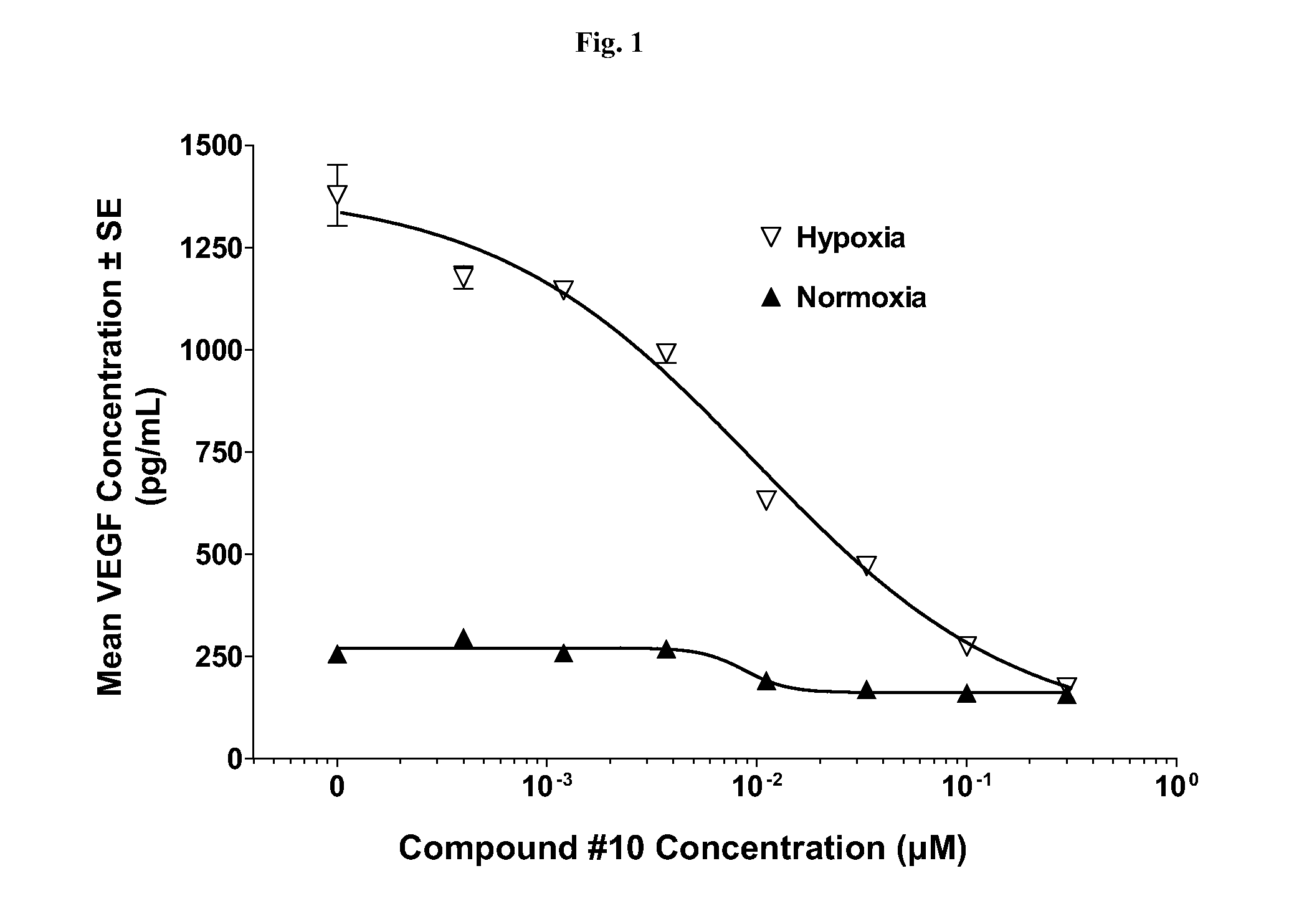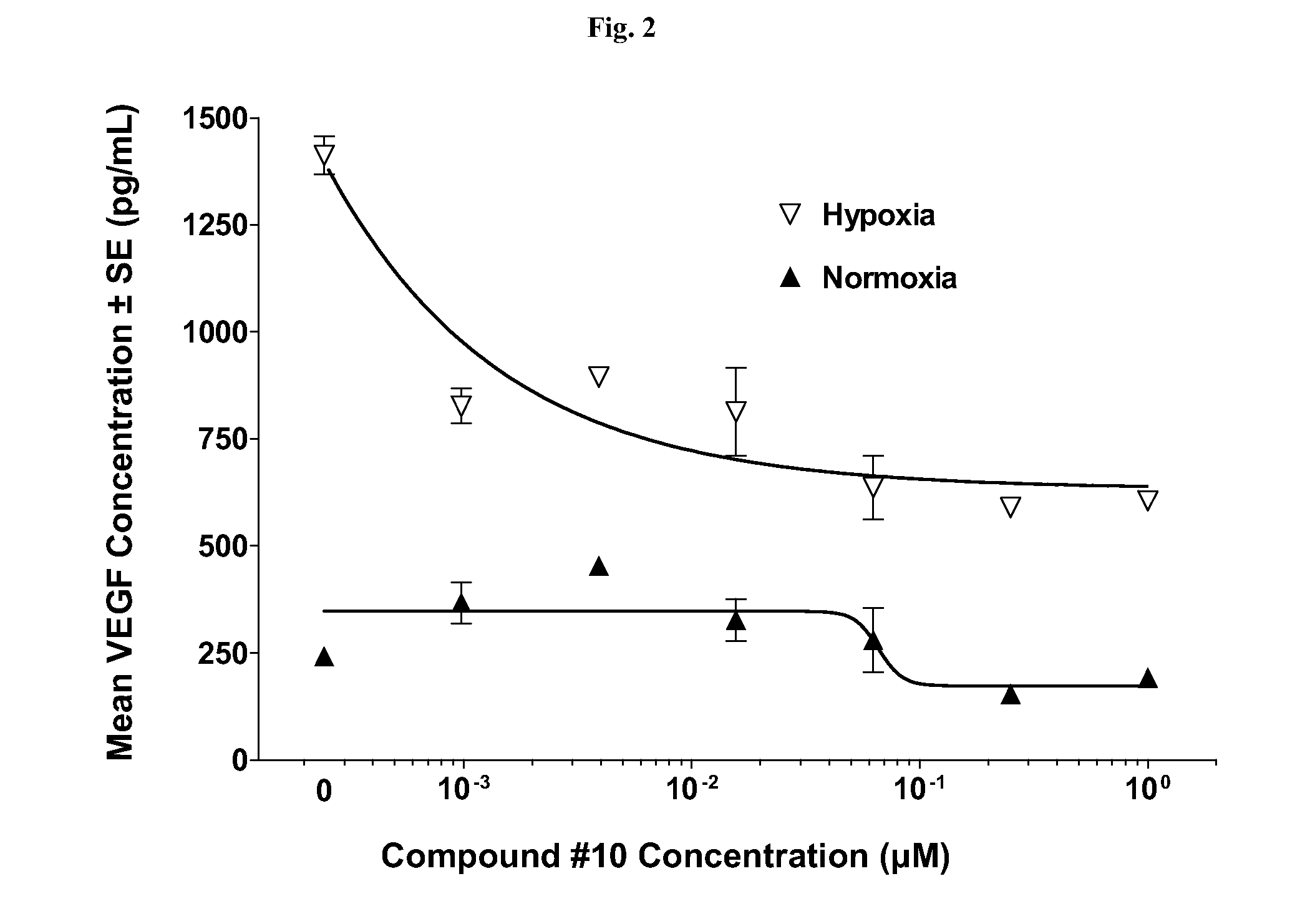Methods for treating neurofibromatosis
a neurofibromatosis and neurofibromatosis technology, applied in the field of neurofibromatosis treatment methods, can solve the problems of lower cranial nerve dysfunction and death, surgical removal of all, and the way the body functions
- Summary
- Abstract
- Description
- Claims
- Application Information
AI Technical Summary
Benefits of technology
Problems solved by technology
Method used
Image
Examples
Embodiment Construction
[0090]Presented herein are methods for treating NF (e.g., NF1, NF2, or schwannomatosis). Unless specified otherwise, as used hereinafter, NF includes, e.g., NF1, NF2, and schwannomatosis. In one aspect, the methods for treating NF involve the administration of a Compound, as a single-agent therapy, to a patient in need thereof. In a specific embodiment, presented herein is a method for treating NF, comprising administering to a patient in need thereof an effective amount of a Compound, as a single agent. In another embodiment, presented herein is a method for treating NF, comprising administering to a patient in need thereof a pharmaceutical composition comprising a Compound, as the single active ingredient, and a pharmaceutically acceptable carrier, excipient or vehicle.
[0091]In another aspect, the methods for treating NF involve the administration of a Compound in combination with another therapy (e.g., one or more additional therapies that do not comprise a Compound, or that comp...
PUM
| Property | Measurement | Unit |
|---|---|---|
| time | aaaaa | aaaaa |
| time | aaaaa | aaaaa |
| time | aaaaa | aaaaa |
Abstract
Description
Claims
Application Information
 Login to View More
Login to View More - R&D
- Intellectual Property
- Life Sciences
- Materials
- Tech Scout
- Unparalleled Data Quality
- Higher Quality Content
- 60% Fewer Hallucinations
Browse by: Latest US Patents, China's latest patents, Technical Efficacy Thesaurus, Application Domain, Technology Topic, Popular Technical Reports.
© 2025 PatSnap. All rights reserved.Legal|Privacy policy|Modern Slavery Act Transparency Statement|Sitemap|About US| Contact US: help@patsnap.com



